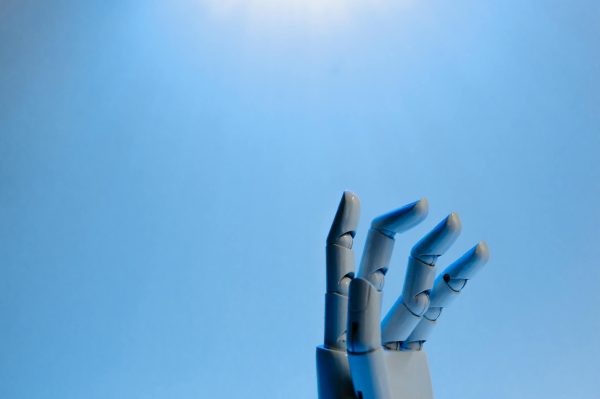For decades, wealth was tied to three assets: capital, labor, and ownership. You needed money to invest, time to work, or control of a business.
But AI is adding a fourth asset class: leverage through intelligence. And it’s turning ordinary individuals into micro-enterprises faster than any economic shift since the internet boom.
📈 From Employees to “One-Person Systems”
Until recently, it took a team to build and scale revenue. In 2026, it takes a laptop, an internet connection, and AI tools:
- ChatGPT & Claude: research, writing, communication
- Runway & Pika: video content and ads
- Midjourney & Ideogram: product visuals, brand design
- Notion AI & Airtable: operations and tracking
- Zapier & n8n: automation between every workflow
That stack costs less than $200/month — and replaces **5–10 full-time functions** in a business.
AI has become the new labor force — rented instead of hired.
💡 The Rise of “Skill + AI = Income” Economy
In the 2020s, skill alone created freelancers. In the 2030s, **skill + AI leverage** will create millionaires.
Example:
- A graphic designer with AI tools delivers 10 projects/day instead of 2
- A copywriter builds AI-assisted content systems sold to agencies
- A marketer runs 5 businesses at once using automation dashboards
- A developer uses AI to sell micro-tools while sleeping
The gap between “AI users” and “AI non-users” is already the new social divide — and it’s widening faster than policy can track.
🔍 Why This Shift Feels Invisible (For Now)
Unlike past economic booms, AI wealth isn’t public. It doesn’t show up in job reports or investment charts — it shows up in quiet independence:
- People who stop applying for jobs because they generate income online
- Micro-agencies replacing agencies with 30 staff
- Influencers selling AI prompts instead of courses
- Consultants creating digital products that scale endlessly
It’s not a startup revolution — it’s a **leverage revolution.**
💰 The New Wealth Equation
| Old Wealth | New Wealth |
|---|---|
| Capital (money) | Capital (still matters) |
| Labor (time) | AI leverage (output multiplier) |
| Ownership (equity) | Automation (systems that run themselves) |
In other words, wealth now scales with **how well you delegate to machines.**
🌍 Why Governments Are Concerned
This shift creates silent inequality. A person with AI leverage produces 10× more per hour — but taxation, salary tracking, and benefits systems don’t reflect it.
Governments worry about:
- Income visibility — freelancers earning untraceable digital revenue
- Tax gaps from micro-businesses operating outside structure
- Job displacement at a scale hidden by self-employment data
In short: wealth is being generated faster than it’s being measured.
🔮 The Next Frontier: “Automated Ownership”
In 2026–2030, AI will make ownership automatic. One person can control:
- Dozens of monetized blogs or channels
- Digital product pipelines with auto-fulfillment
- Chatbots running customer support
- Websites selling without supervision
This isn’t the future of work. It’s the **end of needing to work manually for growth.**
Where We Track the AI Wealth Shift
We analyze global automation, freelance income models, and AI entrepreneurship at business and tech economy insights hub.
Final Thought
AI didn’t just make work faster — it made ownership possible for anyone willing to learn it.
The next class divide won’t be about money or education. It will be about **who built systems — and who works for them.**



